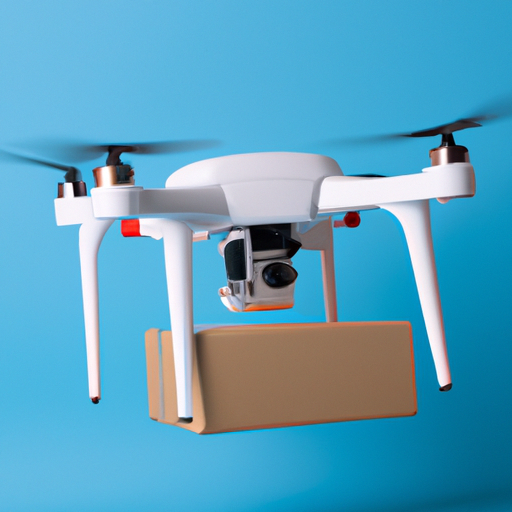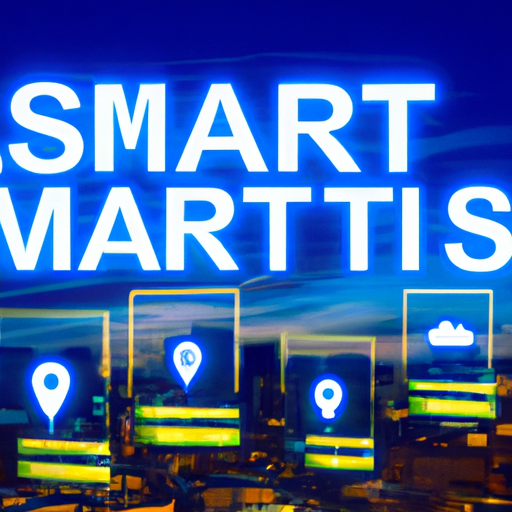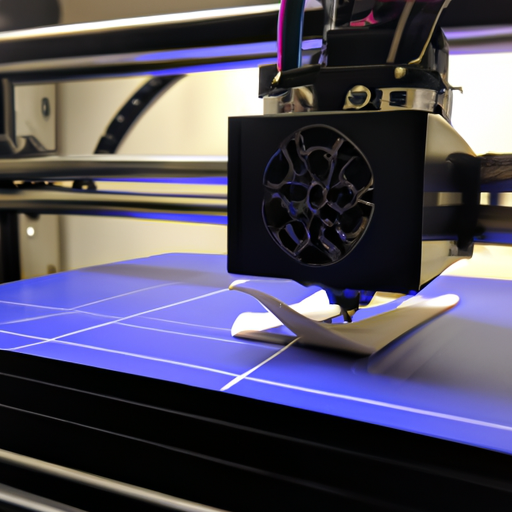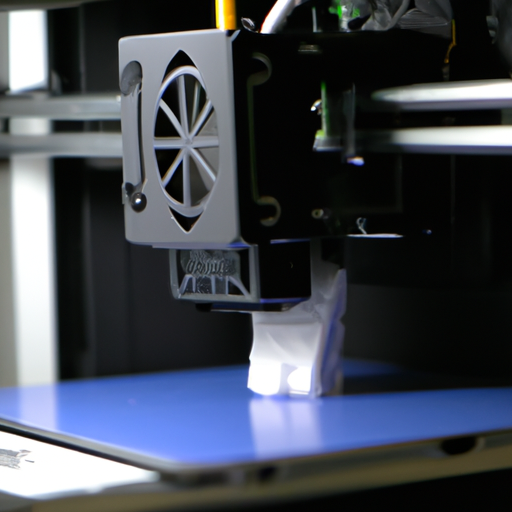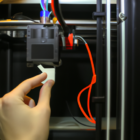The rapid advancement of technology has paved the way for innovative solutions in logistics, one of which is drone delivery services. As e-commerce continues to grow at an unprecedented rate, retailers and logistics companies are exploring aerial delivery methods to improve efficiency and customer satisfaction.
What are Drone Delivery Services?
Drone delivery services involve the use of unmanned aerial vehicles (UAVs) to transport goods directly to customers’ doorsteps. These services promise rapid delivery times, reduced operational costs, and a smaller carbon footprint compared to traditional delivery methods.
The Technology Behind Drone Delivery
Modern drone delivery systems are equipped with advanced GPS navigation, obstacle detection, and autonomous flight capabilities. Companies such as Amazon and Google have invested heavily in developing drone technology that ensures safe and efficient deliveries. With improvements in battery life and payload capacity, drones can now transport a wider array of goods ranging from groceries to medical supplies.
Benefits of Drone Delivery Services
- Speed: Drones can bypass road traffic and weather delays, ensuring faster delivery times.
- Cost-Effectiveness: Reduced labor and fuel costs can translate into savings for both companies and consumers.
- Environmental Impact: Drones emit less CO2 compared to delivery trucks, making them a more environmentally friendly option.
Challenges Facing Drone Delivery
Despite their potential, drone delivery services face several challenges:
- Regulatory Hurdles: Many countries still lack clear regulations on drone operations, which can hinder deployment.
- Safety Concerns: Ensuring the safety of drones in populated areas remains a critical issue to address.
- Public Acceptance: Gaining customer trust and acceptance of drone delivery is essential for widespread adoption.
The Future of Drone Delivery Services
The future of drone delivery services looks promising. As regulations evolve and technology improves, we can expect to see an increase in their use across various sectors. Companies are already piloting projects that aim to integrate drone deliveries into their existing logistics networks. With customer demands for faster and more convenient delivery continuing to rise, the role of drones in shipping and logistics is set to become more significant.
Conclusion
In conclusion, drone delivery services represent a fascinating evolution in how we think about logistics and shipping. As they become more widely adopted, we can anticipate a shift in consumer expectations and a greater emphasis on efficiency and sustainability in e-commerce.
Stay tuned for more updates on the latest advancements in logistics technology!


